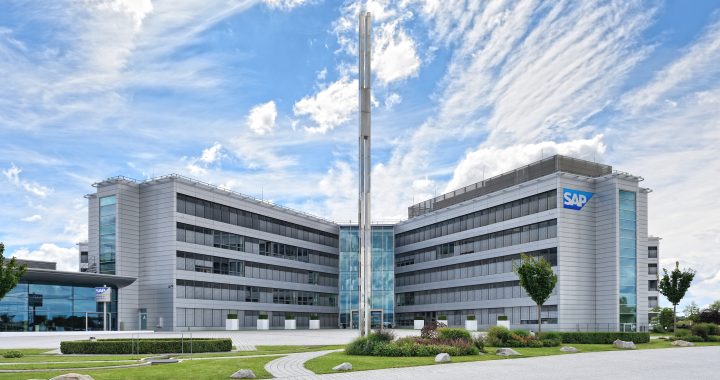SAP’s initiative to interconnect AI systems heralds an age where artificial intelligence networks and agents swap information to fulfil complex requests.
The European software giant demonstrated the ability for large spreadsheets to be manipulated by simple instructions sent to its own AI tool Joule at its Sapphire conference in Orlando over the weekend. SAP says more than 299 million cloud users access its software.
But its announcement that Joule could forward Microsoft-related human tasks from Joule to Microsoft Copilot has opened the door for powerful networks to be interconnected with GPT models.
Chief AI strategy officer Sean Kask, who spoke exclusively with The Australian, said SAP had a made a decision long ago to build Joule on existing models rather than start from scratch.
“I think Google Gemini’s latest model costs $175 million to train just in electricity. We’re not going to build these large language models ourselves,” Dr Kask said.
“Every week, there’s new models coming out. So we let them battle that out and we take that technology and make it relevant for business processes.”

SAP had chosen different existing large language models for different tasks. “When we have a use case we’ll test it on OpenAI, Microsoft. We’ll test it on Google ones. We’ll test it on Llama 3 from Meta.
“Then we’ll pick the best model for that use case (an application), and we’re actually free to change the model,” Dr Kask said. Models are then fine-tuned with SAP data.
SAP was also making it possible for copilots to communicate with each other when fetching information. “We’ve done this bi-directional integration with Microsoft,” he said.
“You’ll be working in Joule, for example, booking a customer trip. Joule can then pass it over to Microsoft Copilot to set up a calendar invitation. It’s now becoming technically feasible to do that.”
Importantly, these AI agents could swap information using natural language requests similar to written human requests. Generative AI systems, after all, are trained to be experts at natural language. It may sound like a small step, but it has massive implications.
Dr Kask said that Joule might add thousands of words to a request forwarded to Microsoft Copilot such as a user’s role in the system and details of the transaction they are looking at, to make the request context specific, for example relevant details of the company’s travel policy when inquiring about accommodation. “It’s just text and code,” Dr Kask said.
SAP’s ability to forge deals with copilot vendors such as Microsoft, Nvidia and Google had been helped by these companies being SAP users themselves, Dr Kask said.
Asked whether copilots could work together in large networks communicating in everyday language to solve complex issues, Dr Kask said, “I think that’s probably the future”.
“There’s still a lot of work that has to be done, though, to make those (use cases) enterprise ready. But where it’s economically feasible, they can just process a lot of data by going back and forth.”
Asked whether, a travel company, hotel, catering service and venue copilots use natural language to swap massive amounts of information and organise a conference, he said in these circumstances, copilots would be more “agents” of the companies they represent.
“SAP has all this knowledge captured in our 50 years of how supply chains work explicitly in systems,” Dr Kask said.
There was, however, the issue of human oversight. Companies would have to be totally confident that networks of copilot “agents” didn’t massively botch their conference bookings, causing chaos.
One option was to run a simulation of the AI-organised conference event, minute by minute.
Dr Kask said SAP had signed up to a globally binding AI ethics policy. “In that we have core design principles. We design the workflows and the systems in a way that there are humans in the loop”.
He was confident that if the workflows were right, the outcomes would be right, adding that any outcome produced by a machine learning system had a confidence score.
“Personally, I’m excited about AI and software because these models can work with unstructured data. They can work with sound, text, images. And they can work on problems that are too difficult to program in the system – complex optimisation problems, things like that. This is too hard for humans to do.
“So that, to me, extends the reach of software, and what we can do, and that in turn has a big impact on the productivity of companies and the economy, things like that.”
Chris Griffith was a guest of SAP in Orlando. Published in The Australian newspaper, June 10, 2024
